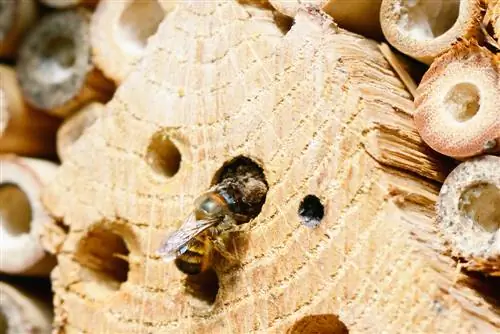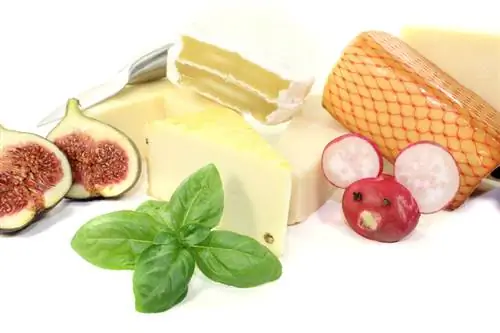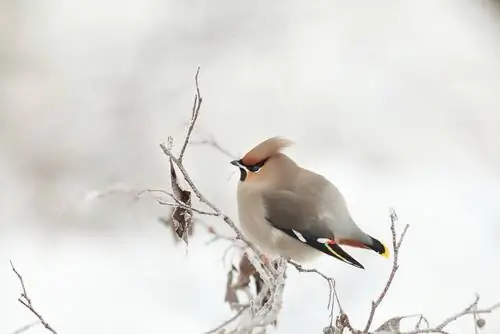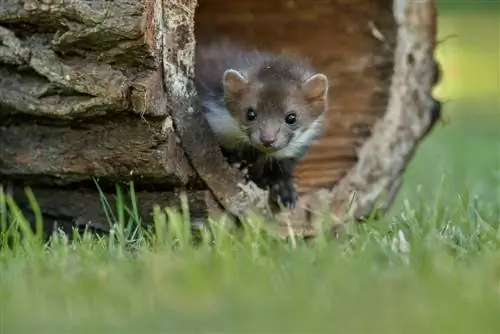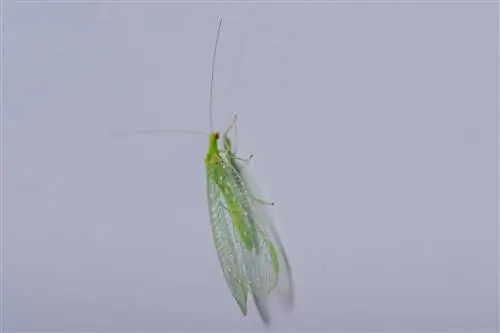- Author admin [email protected].
- Public 2024-01-05 20:48.
- Last modified 2025-01-23 11:21.
Unlike a single nest box or hive, many different species live next door to each other in an insect hotel. With different filling material for the individual compartments, you can provide each species with the right shelter. If you follow the tips on this page, you will soon be able to enjoy watching the hustle and bustle in front of your insect hotel.
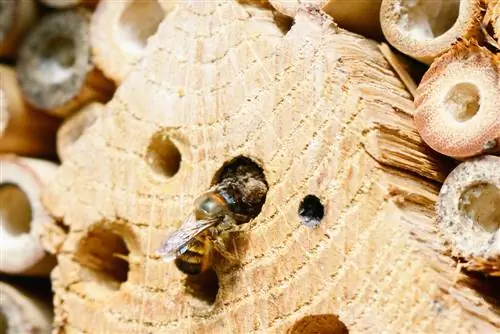
Which insects live in an insect hotel?
Wild bees, wasps, ladybirds, lacewings, earwigs and butterflies often live in an insect hotel. Different filling materials are required for different species, such as cones, wood, bricks, bamboo sticks, wood wool and thin branches.
Common insect species in the hotel
- Wild bees and wasps
- Ladybirds, lacewings and earwigs
- Butterflies
Wild bees and wasps
Wild bees and wasps only represent a part of the inhabitants of an insect hotel. However, this type of insect alone includes many different genera. Bees like to use the shelter to deposit their brood in the house. You can recognize this by the closed holes. But be careful, while bees are among the peaceful inhabitants, most wasp species are net predators. They pierce the seals of other animals to lay their own brood in the hiding place. The bee larvae are a welcome delicacy. To make the winged insects feel comfortable, it is best to line the compartment with cones, pierced wood, bricks or hollow bamboo sticks. Make sure that the holes are all clean so that the bees do not injure their wings on cracked edges.
Ladybirds, lacewings and earwigs
Attracting these insect species to your own garden is definitely worthwhile. Ladybugs in particular feed on plant pests on your flowers. They therefore replace any fungicides in a completely natural way. Lacewings, on the other hand, stand out because of their beautiful appearance. The delicate wings shimmer in the dusk. Ladybugs, lacewings and earwigs like to overwinter in an insect hotel. Therefore, the filling material of the corresponding compartments should primarily store heat. Wood wool meets these criteria optimally. Most parcel deliveries are padded in the soft material. Just save some of it. However, it is important that it is untreated wood wool.
Butterflies
They are the harbingers of summer par excellence and bring color to the garden with their iridescent wings. Setting up a compartment for butterflies is child's play. The butterflies prefer thin branches in which they can hide.
Note: As the example of nest-robbing wasps shows, there are good and bad neighbors in an insect hotel. Of course, mutual feeding is subject to the laws of nature. Nevertheless, you should set up the compartments for individual insect species in layers and not directly next to each other.
Do spiders live in my insect hotel?
Many insect lovers discover dead spider bodies in front of the entrance to their insect hotel. Then it is reasonable to assume that the animals have shed their skin here and are now also living in the shelter. In reality, however, it is just leftover food from some species of bees and wasps. These give their brood the spiders to eat. After the body has been sucked out, it is disposed of “in front of the door”.

